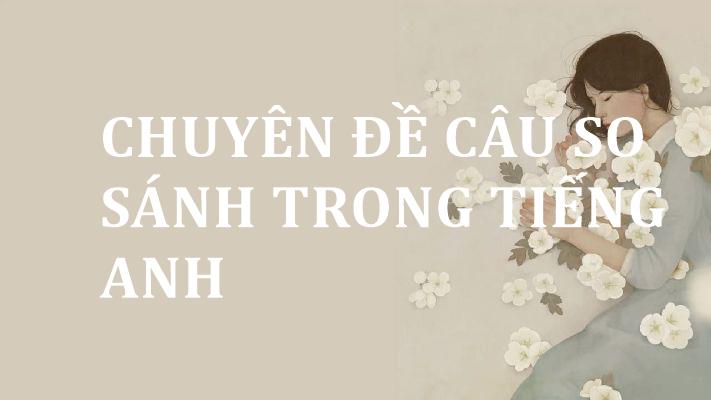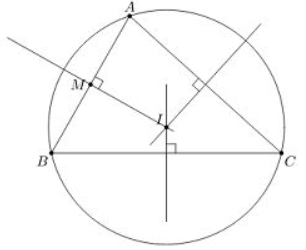CHUYÊN ĐỀ: THÌ HIỆN TẠI ĐƠN GIẢN
1, Khái niệm thì hiện tại đơn giản:
- Thì hiện tại đơn giản (Present Simple) là một thì trong tiếng Anh, diễn tả hành động lặp đi lặp lại đã thành thói quen, một sự thật hiển nhiên hoặc một chân lí khi nào cũng đúng.
2, Cấu trúc thì hiện tại đơn giản:
a,Khẳng định
|
Ex: - She is my friend.
- I go to school everyday.
b, Phủ định
|
Ex: - She is not my friend.
- I don’t go to school everyday.
c, Nghi vấn:
|
Ex: - Is she my friend?
- Do you go to school everyday?
3, Cách chia động từ thì hiện tại đơn giản:
- Các động từ kết thúc bằng –o, -sh, -ch, -tch, -x, -z, -ss, ta thêm đuôi –es.
Ex: goes, washes...
- Các động từ kết thúc bởi một phụ âm + y, ta đổi chữ y thành i và thêm es.
Ex: dries, flies...
- Các trường hợp còn lại, ta thêm –s vào sau động từ.
Ex: likes, calls, want...
4,Bài tập:
Bài 1: Viết lại thành câu hoàn chỉnh.
Eg: They/ wear suits to work? => Do they wear suits to work?
1. she/ not/ sleep late on weekends =>________
2. we/ not/ believe/ ghost=>________
3. you/ understand the question? =>________
4. they/ not/ work late on Fridays =>________
5. David/ want some coffee? =>________
6. she/ have three daughters =>________
7. when/ she/ go to her Chinese class? =>________
8. why/ I/ have to clean up? =>________
Bài 2: Hoàn thành đoạn hội thoại sau bằng cách điền đúng dạng từ.
My cousin, Peter, (have)……….. a dog. It (be)……….. an intelligent pet with a short tail and big black eyes. Its name (be)……….. Kiki and it (like)……….. eating pork. However, it (never/ bite) ……….. anyone; sometimes it (bark)……….. when strange guests visit. To be honest, it (be)……. very friendly. It (not/ like)……….. eating fruits, but it (often/ play)……….. with them. When the weather (become)……….. bad, it (just/ sleep)……….. in his cage all day. Peter (play)……….. with Kiki every day after school. There (be)……….. many people on the road, so Peter (not/ let)……….. the dog run into the road. He (often/ take)……….. Kiki to a large field to enjoy the peace there. Kiki (sometimes/ be)……….. naughty, but Peter loves it very much.
ĐÁP ÁN:
Bài 1:
1. She doesn’t sleep late on weekends.
2. We don’t believe in ghost.
3. Do you understand the question?
4. They don’t work late on Fridays.
5. Does David want some coffee?
6. She has three daughters.
7. When does she go to her Chinese class?
8. Why do I have to clean up?
Bài 2:
My cousin, Peter (have) has a dog. It (be) is an intelligent pet with a short tail and big black eyes. Its name (be) is Kiki and it (like) likes eating pork. However, it (never/ bite) never bites anyone; sometimes it (bark) barks when strange guests visit. To be honest, it (be) is very friendly. It (not/ like) does not like/ doesn’t like eating fruits, but it (often/ play) often plays with them. When the weather (become) becomes bad, it (just/ sleep) just sleeps in his cage all day. Peter (play) plays with Kiki every day after school. There (be) are many people on the road, so Peter (not/ let) does not let/ doesn’t let the dog run into the road. He (often/ take) often takes Kiki to a large field to enjoy the peace there. Kiki (sometimes/ be) is sometimes naughty, but Peter loves it very much.







